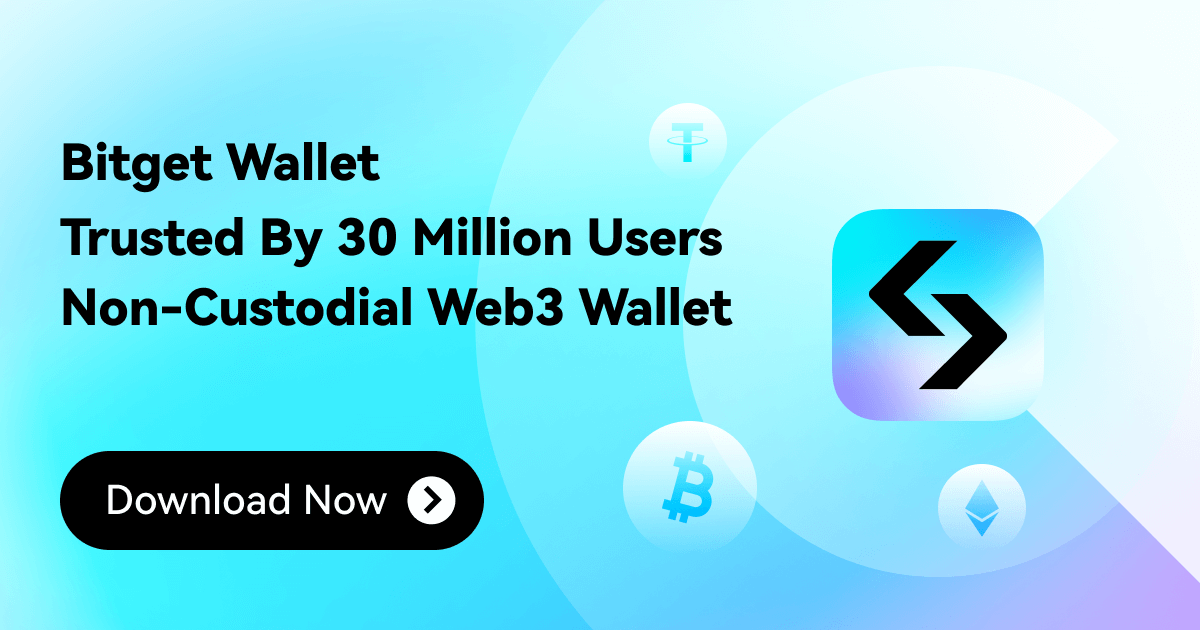Stablecoin Trilemma: Finding Balance in the World of Cryptocurrencies

Stablecoins have become an indispensable part of the cryptocurrency ecosystem, providing stability in a volatile market. Designed to maintain a stable value, stablecoins are often pegged to real-world assets such as the US Dollar (USD) or gold. However, creating a stablecoin that is both stable in value, decentralized, and scalable is a significant challenge – a problem known as the Stablecoin Trilemma.
What Are Stablecoins and How Are They Classified?
Stablecoins are a type of cryptocurrency designed to maintain a stable value by being pegged to real-world assets such as fiat currencies or commodities. This characteristic helps mitigate the inherent volatility of cryptocurrencies, making stablecoins a reliable medium of exchange. They offer a stable store of value, which is crucial in a volatile market. Stablecoins are generally classified into three main types:
-
Fiat-Collateralized Stablecoins: These are backed by traditional fiat currencies like USD or EUR. Notable examples include USDT (Tether) and USDC (USD Coin). They offer high stability but rely on financial institutions, raising concerns about transparency and centralized control. The backing institutions must hold reserves equivalent to the issued stablecoins, but this centralization can introduce systemic risks.
-
Crypto-Collateralized Stablecoins: These use cryptocurrency assets as collateral, such as DAI (MakerDAO). While offering decentralization, they face high volatility and require over-collateralization. The value of the collateral must exceed the stablecoins issued to account for potential drops in value, making this approach complex.
-
Algorithmic Stablecoins: These rely on algorithms to maintain value without specific collateral, such as TerraUSD (UST). They adjust supply and demand dynamically to maintain their peg but are vulnerable to risks from algorithmic instability and market sentiment. Effective management of supply and demand is critical to prevent significant deviations from the peg.
Related content: How do stablecoins work?
What Is the Stablecoin Trilemma and Why Does It Exist?
The Stablecoin Trilemma refers to the challenge of achieving three crucial properties simultaneously in a stablecoin: decentralization, value stability, and scalability. Each of these attributes plays a vital role in the performance and utility of a stablecoin, but balancing all three is a complex task:
-
Value Stability: This is the primary objective of stablecoins, aimed at providing a reliable and consistent medium of exchange. Achieving value stability typically involves using collateral or sophisticated adjustment mechanisms to ensure that the stablecoin maintains its peg. This is crucial for user confidence and adoption.
-
Decentralization: Decentralization ensures that no single entity has complete control over the stablecoin, reducing risks associated with centralization and enhancing security. A decentralized system can offer increased resistance to censorship and manipulation. However, achieving decentralization can compromise efficiency and stability, as decentralized systems may struggle with coordinating and executing decisions swiftly.
-
Scalability: Scalability is essential for accommodating large numbers of users and processing high transaction volumes efficiently. A scalable stablecoin must handle thousands of transactions per second without performance degradation. Yet, scaling often presents challenges related to transaction speed, cost, and maintaining the stability of the underlying mechanisms.
These factors often conflict with one another. For instance, focusing on maintaining value stability might lead to reliance on collateral, which can reduce decentralization and scalability. Balancing these competing demands is a fundamental challenge in the design of stablecoins.
You can also compare this to: The Blockchain Trilemma
Seeking Solutions to the Stablecoin Trilemma
Despite the difficulties, several innovative approaches are being explored to address the stablecoin trilemma:
-
Hybrid Models: By combining elements from both fiat-collateralized and crypto-collateralized stablecoins, hybrid models aim to optimize capital efficiency while maintaining decentralization and stability. For example, a hybrid stablecoin might be backed by a mix of fiat and cryptocurrency assets, leveraging the strengths of both approaches to enhance overall performance.
-
Advanced Algorithms: Implementing sophisticated algorithms can improve the stability and resilience of stablecoins. These algorithms are designed to reduce dependence on market sentiment and enhance the system's ability to withstand volatility. By automating the adjustment of supply and demand, advanced algorithms can help maintain the stablecoin's peg more effectively.
-
Insurance and Risk Management: Incorporating insurance mechanisms and robust risk management strategies can bolster the security of stablecoins. This might involve setting aside reserves to cover potential collateral shortfalls or employing protocols designed to manage liquidity and volatility risks. Such measures can provide additional layers of protection and stability.
How will Stablecoins Evolve in the Crypto World?
The stablecoin trilemma is a significant challenge in developing and maintaining stablecoins. Balancing value stability, decentralization, and scalability is crucial for ensuring the sustainable growth of the cryptocurrency market. Developers and the community need to continue exploring and experimenting with innovative solutions to overcome this challenge.
Use Bitget Wallet to manage, store, and trade stablecoins with high security and optimal convenience. Bitget Wallet not only supports a variety of assets but also provides top-notch security solutions for both new and experienced users.
 No data
No data














